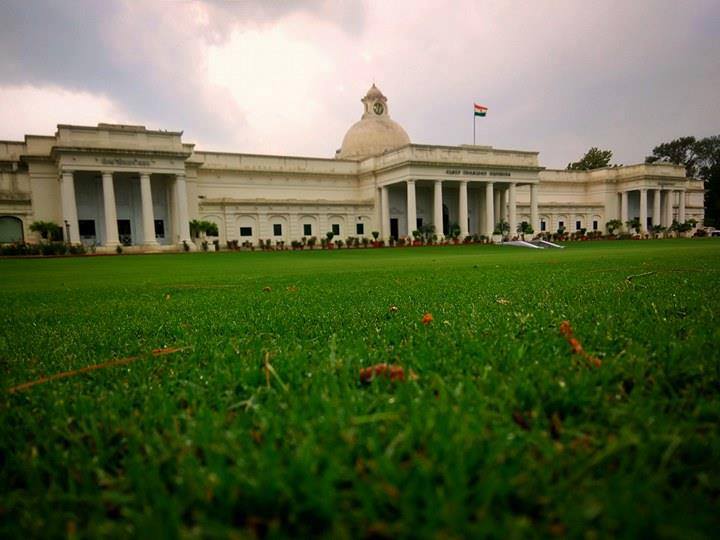IIT Roorkee researchers develop the world’s first specific bacterial biosensor for the detection of the environmental detergent pollutant- SDS
Roorkee: A five-member team of researchers at the Indian Institute of Technology (IIT) Roorkee have developed the world’s first specific reliable bacterial biosensor to detect the presence of common environmental pollutant- Sodium Dodecyl Sulphate /Sodium Lauryl Sulfate (SDS). SDS is extensively used in soaps, toothpaste, creams, shampoos, laundry detergents in households, agricultural operations, laboratories, and industries. Its subsequent disposal in waterways causes harmful effects on aquatic organisms, environmental microcosms, and associated living organisms besides deteriorating the quality of drinking water. This objective of the study was to develop a novel biosensor for the detection of a detergent Sodium Dodecyl Sulphate /Sodium Lauryl Sulfate (SDS) in environmental samples.
Until now, there were no specific biosensors developed to date for the detection of SDS with high precision. The IIT Roorkee team has developed a whole-cell biosensor using Pseudomonas aeruginosa PAO1 strain as a framework (chassis). The system involves a highly specific regulator along with a fluorescent protein that is produced only when SDS is present in the sample. The system can even detect 0.1 ppm of SDS in aquatic samples. This biosensor is highly specific for SDS and has minimal interference from other detergents, metals, and inorganic ions present in the environment. Unlike conventional methods, it can easily distinguish between closely- related detergents-SDS and SDBS (Sodium Dodecylbenzenesulfonate).
“Pseudomonads have an inherent capability to be used as an optimal destination framework for synthetic biology applications. The selected species of Pseudomonas can be engineered to detect various chemicals owing to their resilient nature to survive and adapt to harsh environmental conditions. The highlight of this research is the development of the world’s first whole-cell bacterial biosensor for the direct, specific and efficient detection of SDS without involving sample preparation steps, toxic chemicals, sophisticated polymers and sensor development steps” said Sourik Dey, Final year MSc student at IIT Roorkee
“SDS, if untreated, can harm the marine biodiversity and cause pollution of land and water-bodies. The highlight of this biosensor is its sensitivity to even minute quantities of SDS in the environment and its ability to distinguish between SDS and SDBS” said Prof. Naveen Kumar Navani, Department of Biotechnology, IIT Roorkee
The biosensor showed a satisfactory and reproducible recovery rate for the detection of SDS in real samples of sewage water, river water, and pond water. Overall, this is a selective and reliable biosensor for monitoring SDS in the environment.
The lead author of the study is Sourik Dey who was supported by the Department of Biotechnology MSc program at IIT Roorkee. He completed this year and is leaving for Germany in first week of November for PhD. He did his thesis project in Prof Navani’s laboratory. Department of Biotechnology, Govt of India, provided financial assistance to Prof. Naveen K Navani for conducting the research. The other members of the team are Shahnawaz Ahmad Baba, Ankita Bhatt, Rajat Dhyani. Department names needed for all
SDS has diverse applications in the industrial sector as an emulsifier, food processing agent, stabilizer, leather softening, foaming, flocculating, and cleaning agent. It is the key pollutant in the domestic discharges and industrial effluents. The constant deterioration of the quality of drinking water and the harm caused to marine life are some of the major concerns. SDS has harmful effects on the survival and breeding of organisms in the aquatic ecosystem as it hampers their biological processes such as solubilization of phosphate, reduction of ammonia, nitrogen fixation and photosynthesis. It can cause dermal and ocular irritation, cardiac anomaly, hemolysis, tachycardia, kidney failure, and even death. SDS can also disrupt biological wastewater treatment processes and cause problems in sewage aeration and treatment facilities owing to its high foaming capacity.

